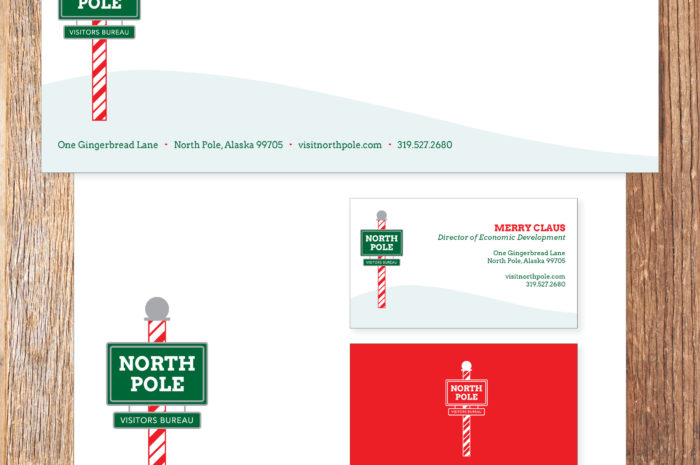Our team isn’t just a bunch crazy elves, it’s you…
On the third day of marketing, my agency gave to me, a thoughtful article on how to trim the tree
“Thought leadership” is definitely a marketing buzzword these days, but what does it mean, exactly?
Simply put, it’s an article from a subject matter expert that argues a specific point. In this case, Pepper Minstix is advocating for a specific way to decorate a Christmas tree. She’s an expert in her field, given her role at Center for Holiday Décor, and is using that expertise to highlight her organization.
But notice her organization is not featured at all in the piece, other than in her byline. Thought leadership isn’t about selling a company – it’s selling an idea. A well-written thought leadership article positions the writer as the best in their field. Clearly you want to be working with Pepper, she knows exactly how many lights you need on your tree! In fact, 80% of business decision-makers prefer to get company information in a series of articles, versus an advertisement.
Articles can be distributed via your own company’s website or blog, or can be pitched to editors by really talented and experienced marketing companies. This one was featured in The New Sleigh Times, thanks to a clever pitch by Holly Leeves. Articles can live on other websites where your audience is likely to be, like Medium.
The key to effective thought leadership is to find as many uses for your article as you can. Put it on your website. Send printed copies to hot prospects. Tweet about it. Use content syndication channels to push it out to a wider audience. The Center for Holiday Décor leveraged their article into an appearance on Rachael Ray, and now they have a best-selling line of tree toppers.
See why Pepper Minstix says garland isn’t optional:




